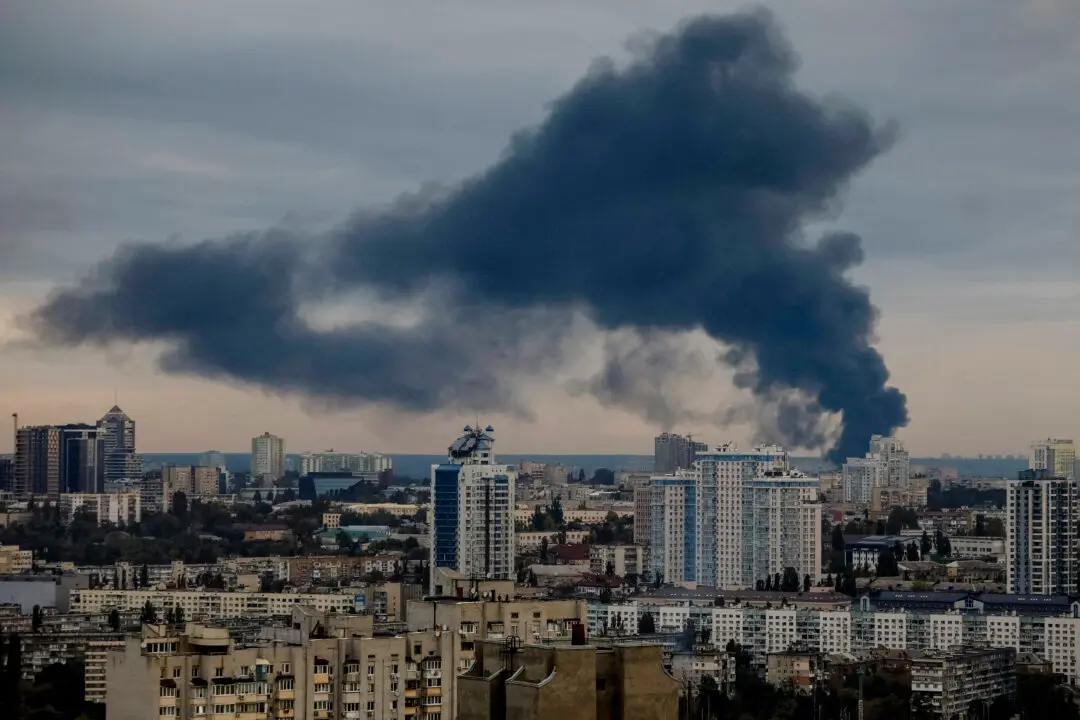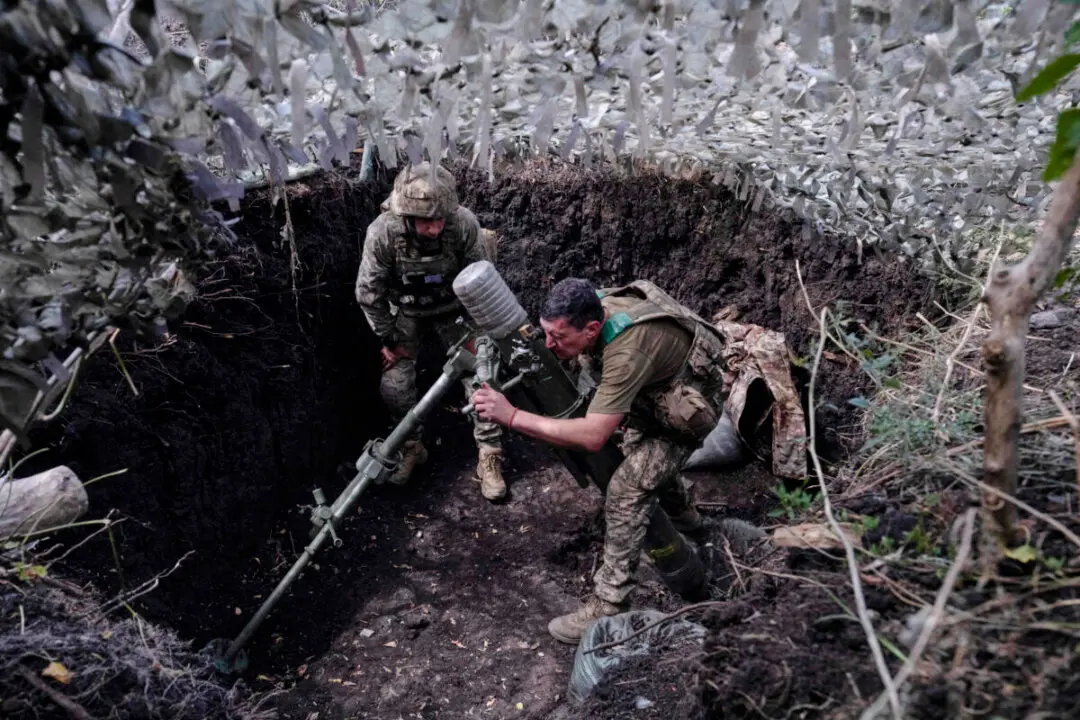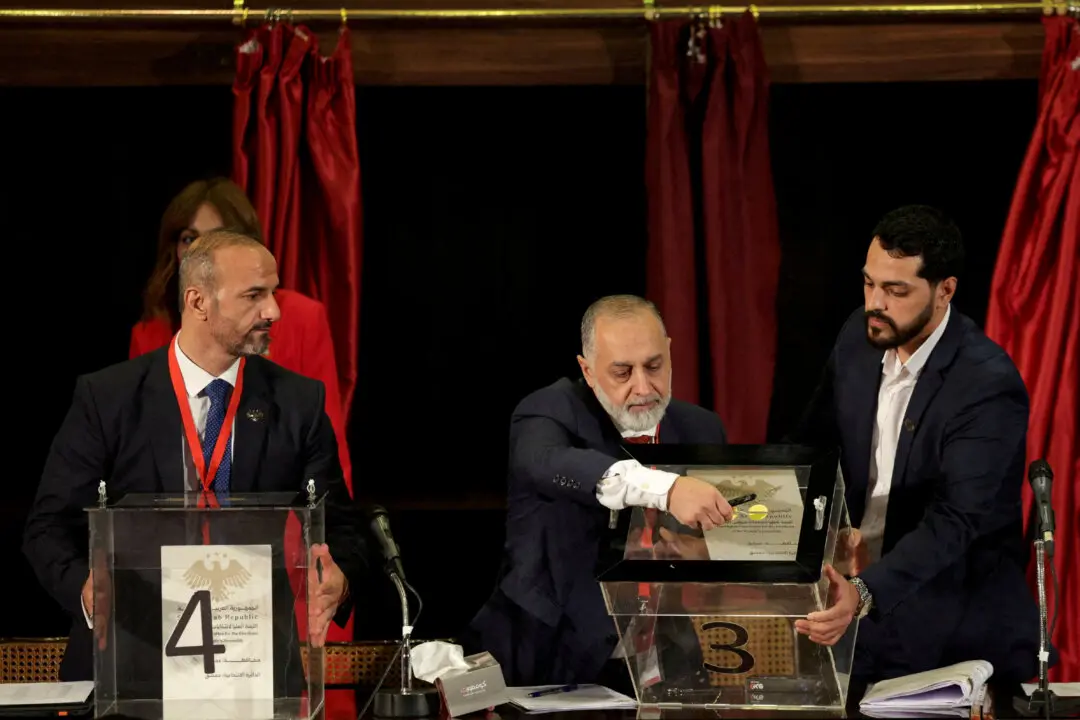Iranian authorities have detained eight foreign nationals in connection with a deadly attack on a religious shrine in the country’s Fars province, local media reported on Aug. 14.
One day earlier, a gunman opened fire on the Shah Cheragh shrine in the city of Shiraz, killing one person and injuring 10 others before being arrested by police.





